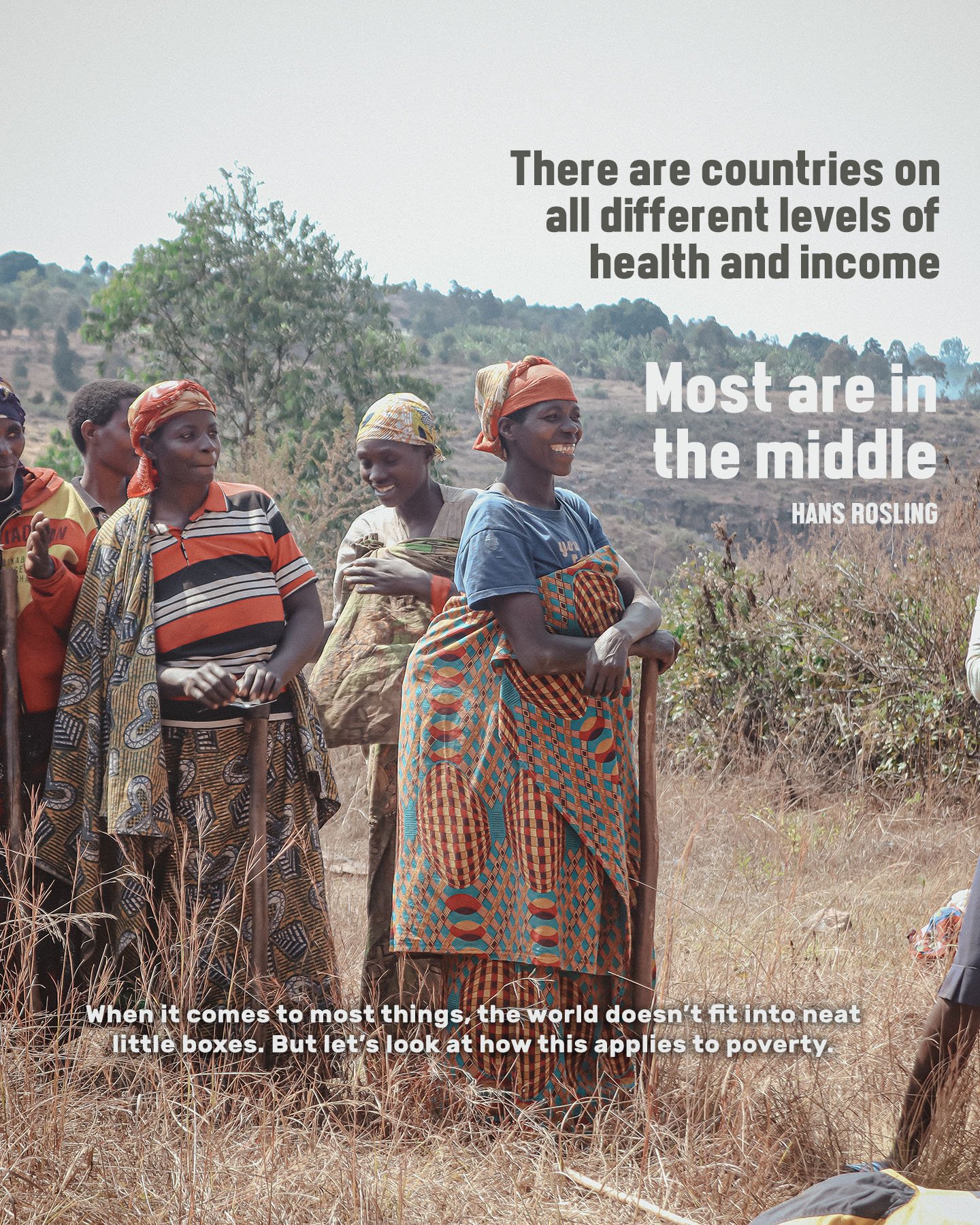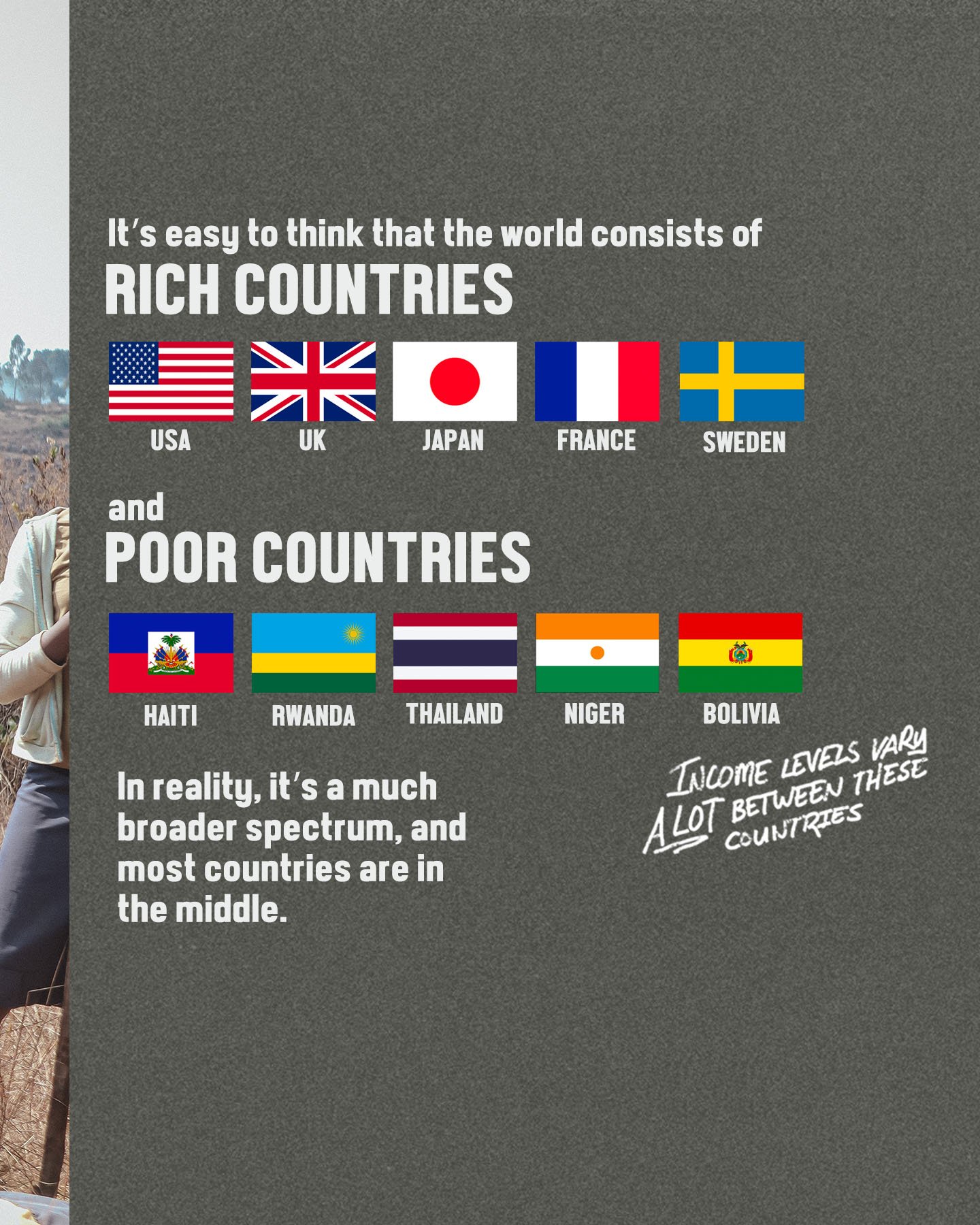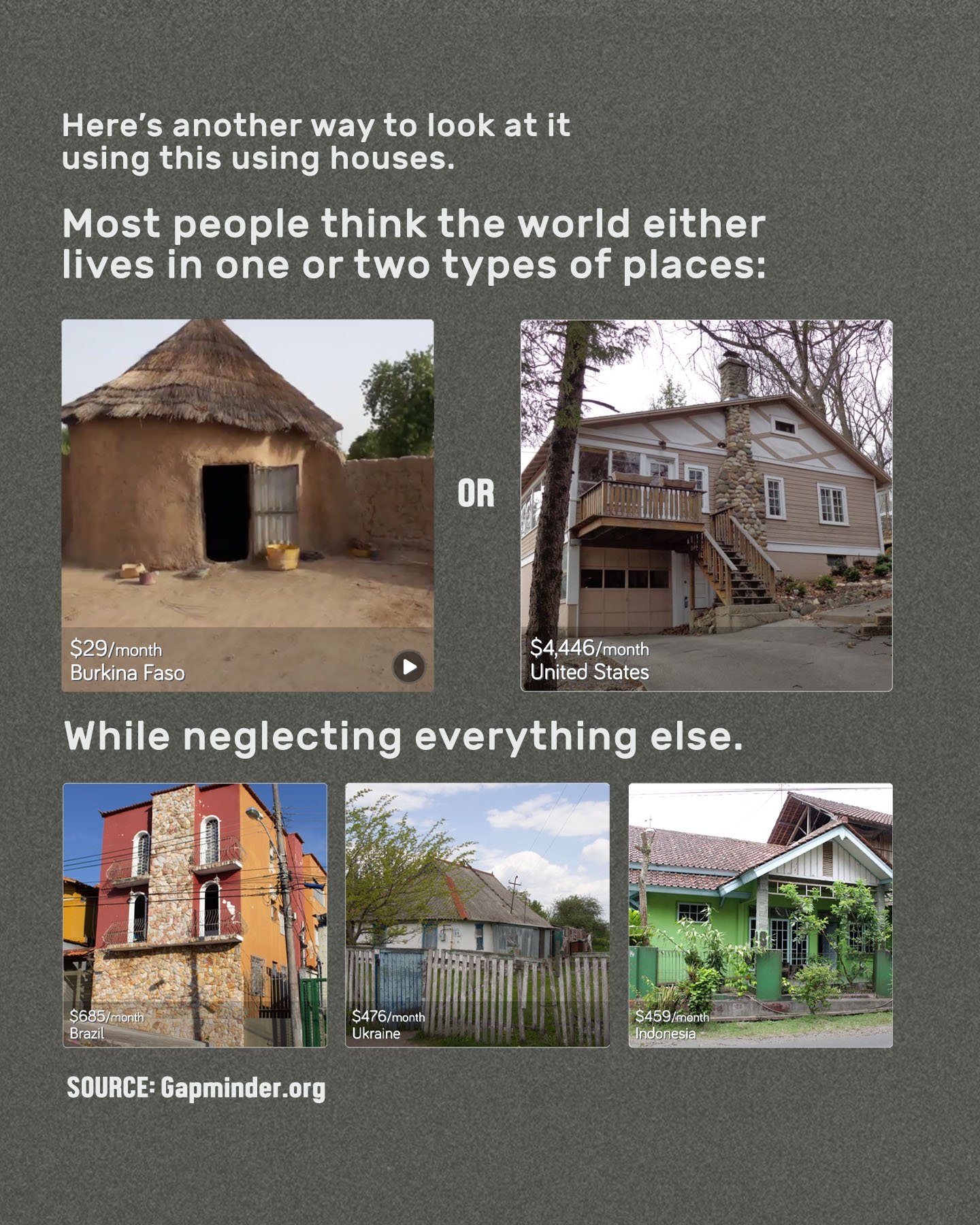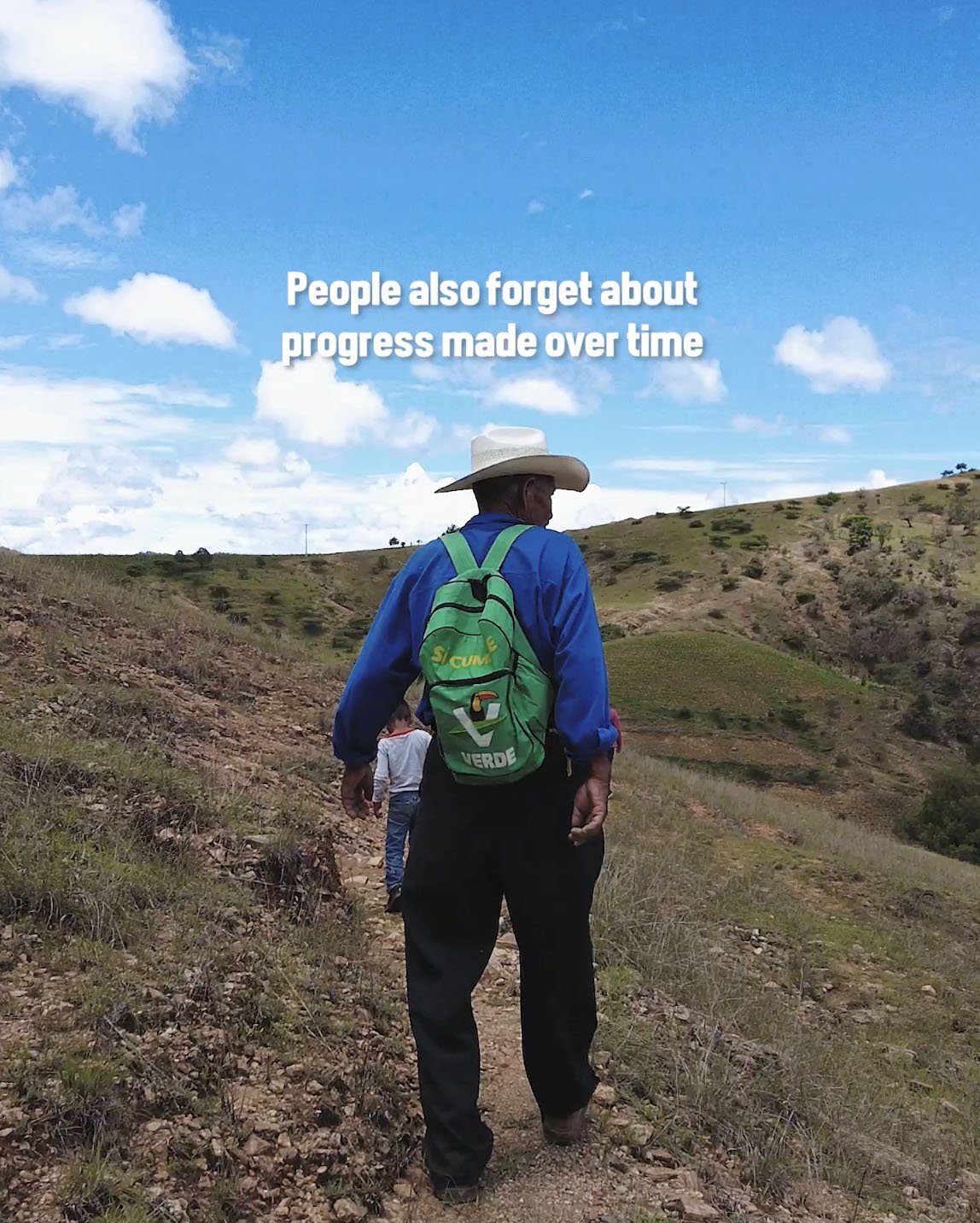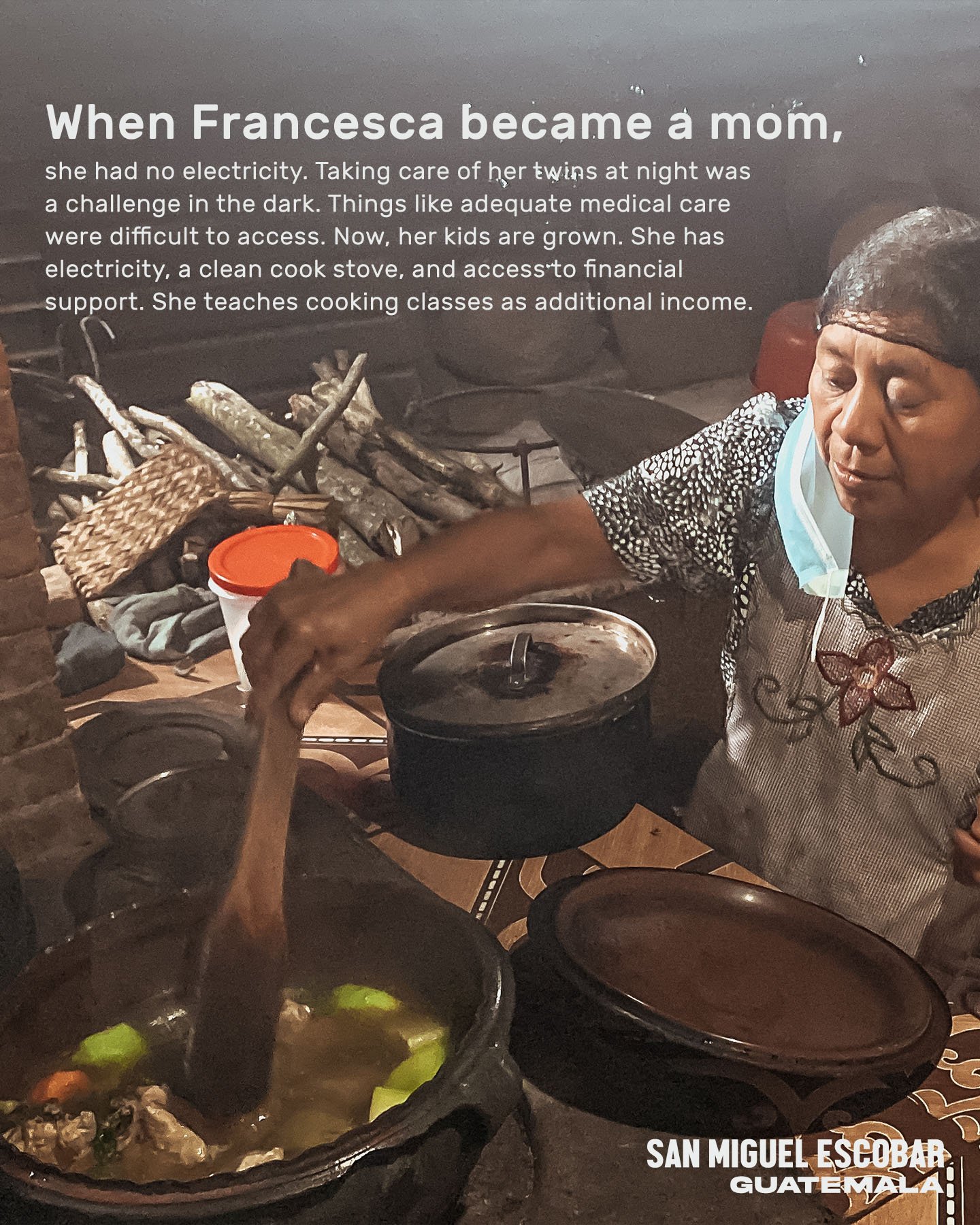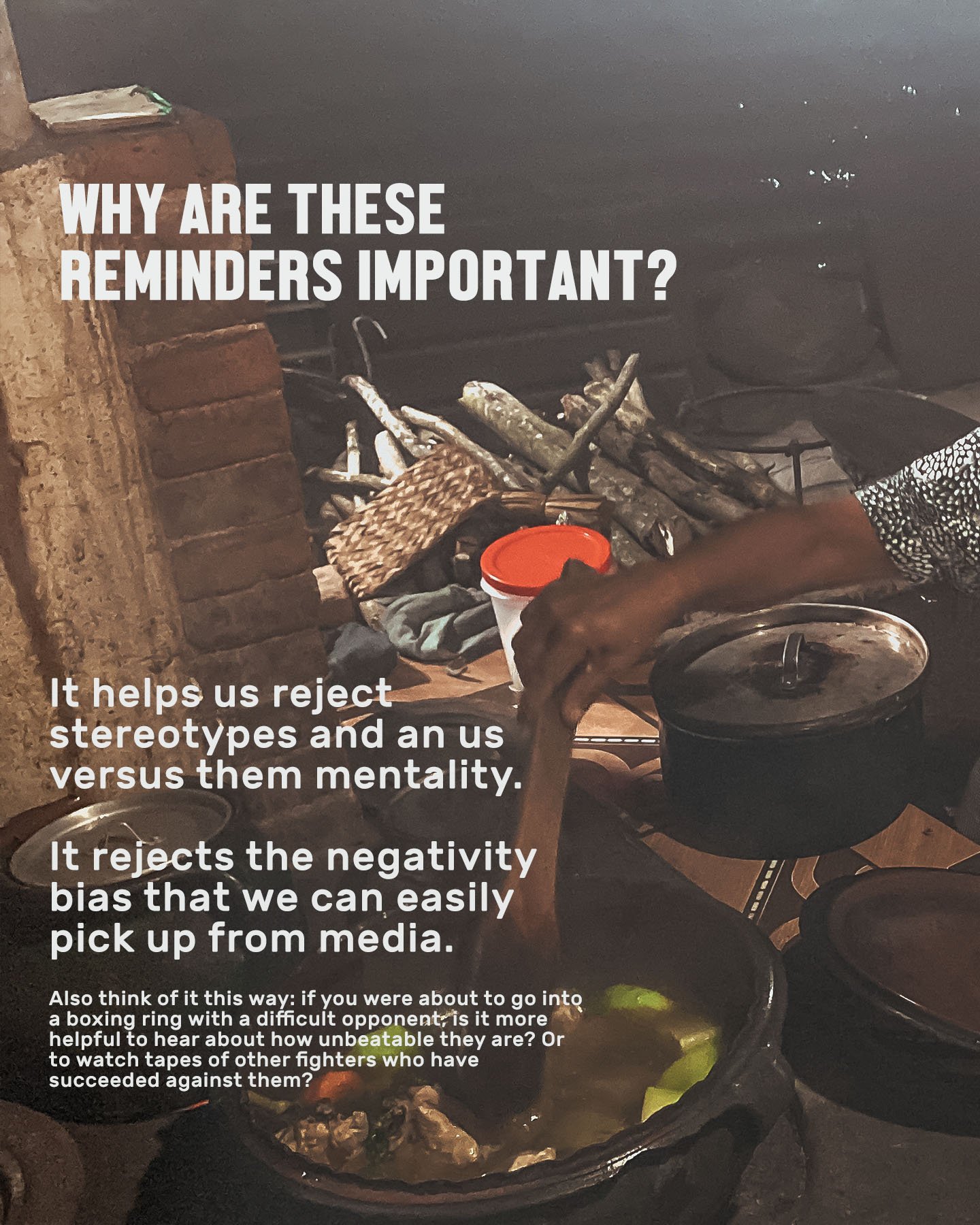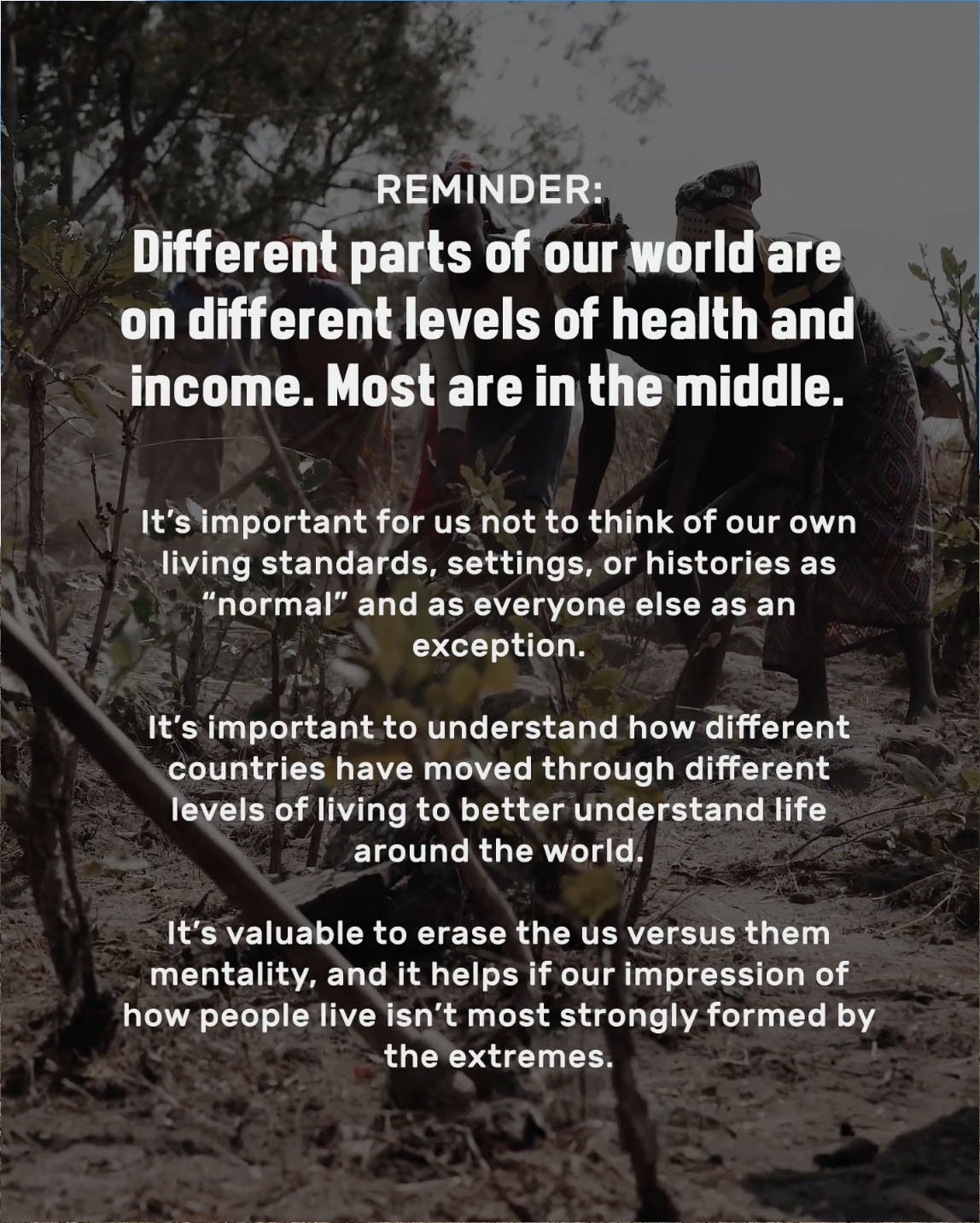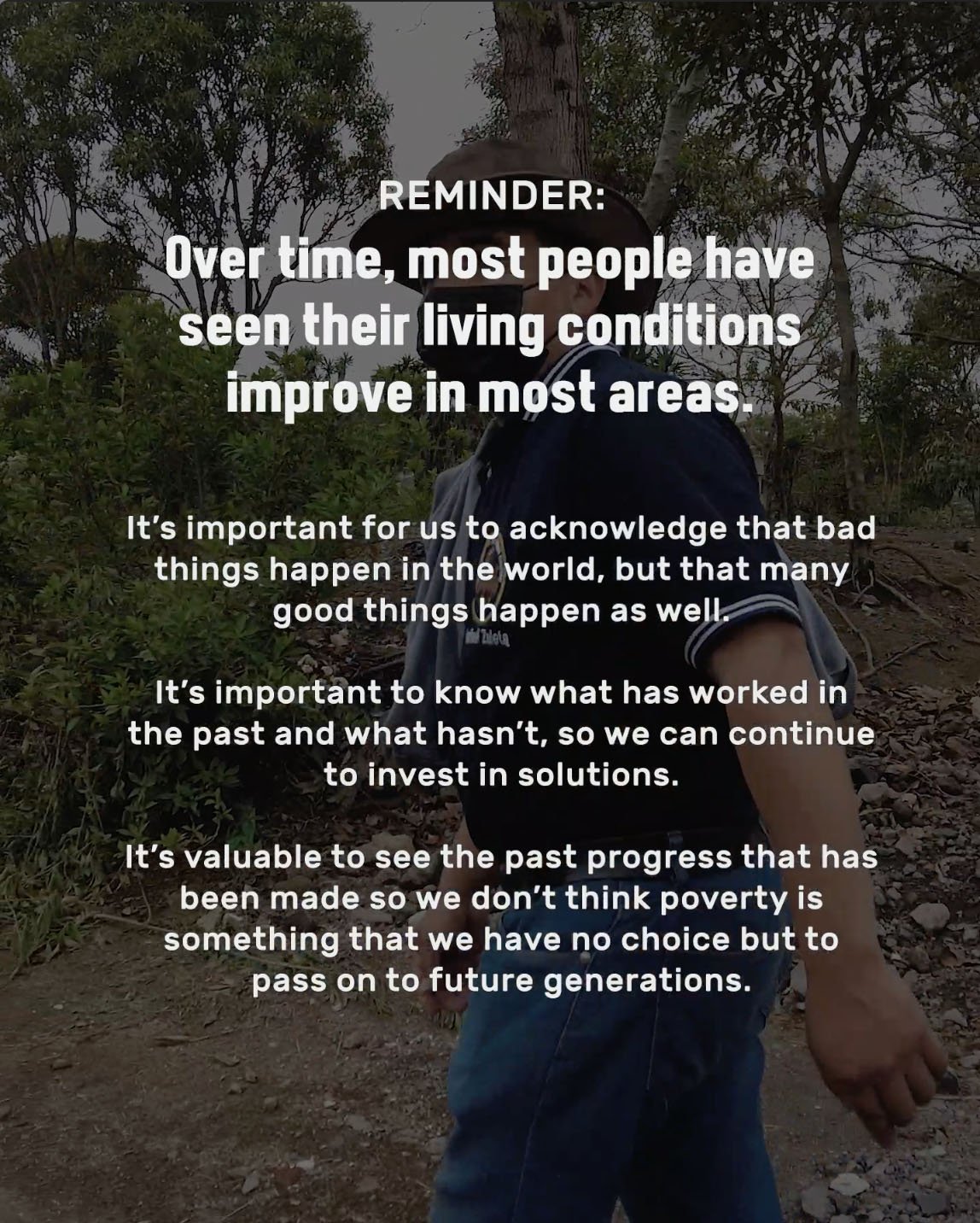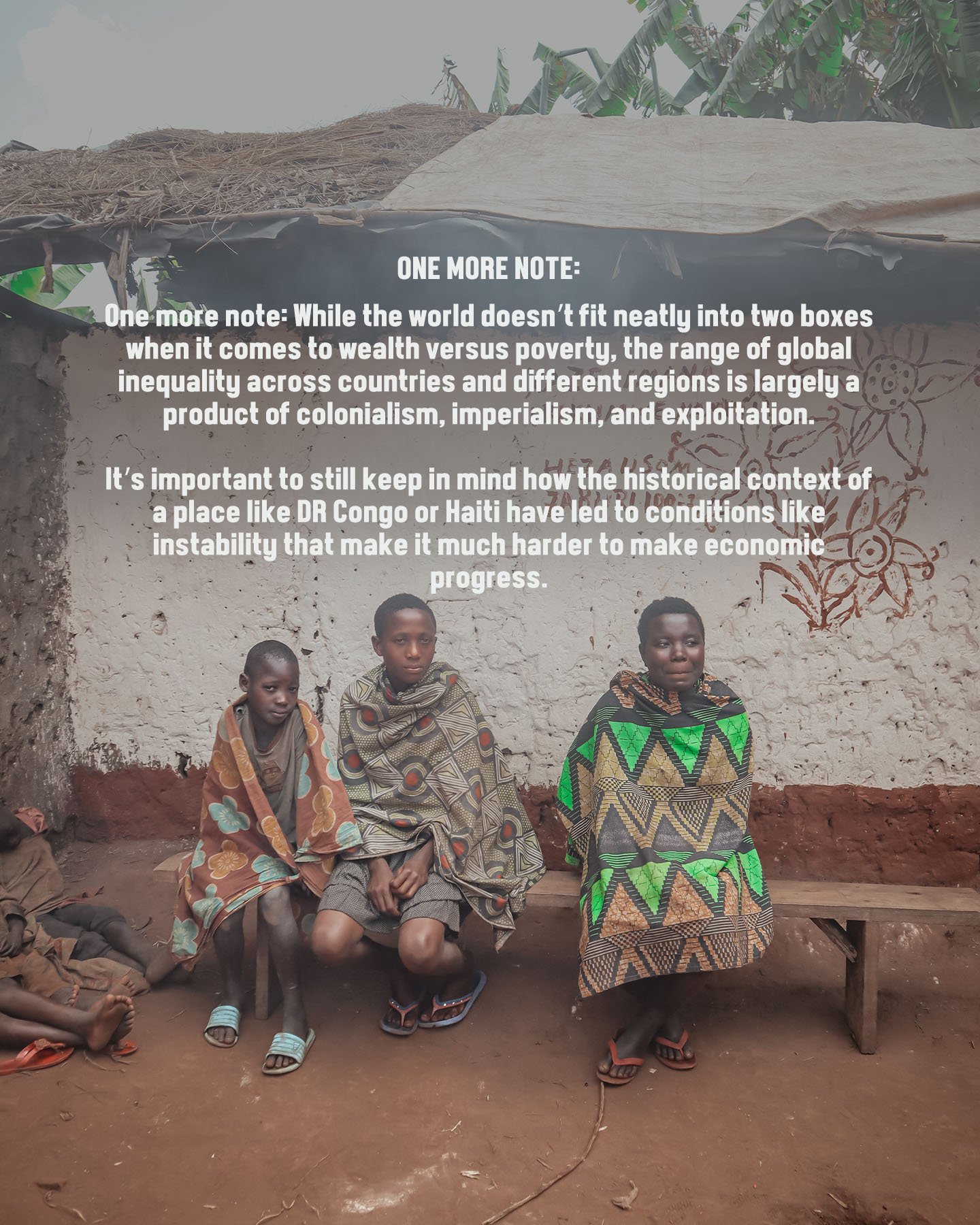A random pet peeve of mine is when people talk about middle income countries like the Philippines, India, or Dominican Republic as though they were one of the poorest countries in the world. In fact, they’re squarely in the middle when you map things out.
Why? I mean, yes, there are parts of those countries, especially in the rural areas, where you can still find pretty difficult living conditions and steep poverty, but when we make it seem like the entire country might as well be on par with one of the twenty lowest income countries in the world, we really flatten the story of a lot of good that has happened in the world.
(And yeah, I also don’t like the way we talk about lowest-income 20 countries, even where poverty is widespread and extreme, but that’s for another time.)
Over the course of my lifetime, the majority of the world has seen significant improvements to their living conditions. Most have moved from poverty into more of a middle state, and perhaps if more people saw the world through that lens, we’d be less tempted to think of poverty as an inevitability.
“I assure you, because I have met and talked with people who live on every level… the distinctions are crucial. People living in extreme poverty on Level 1 know very well how much better life would be if they could move from $1 a day to $4 a day, not to mention $16 a day. People who have to walk everywhere on bare feet know how a bicycle would save them tons of time and effort and speed them to the market in town, and to better health and wealth.”
–Hans Rosling


